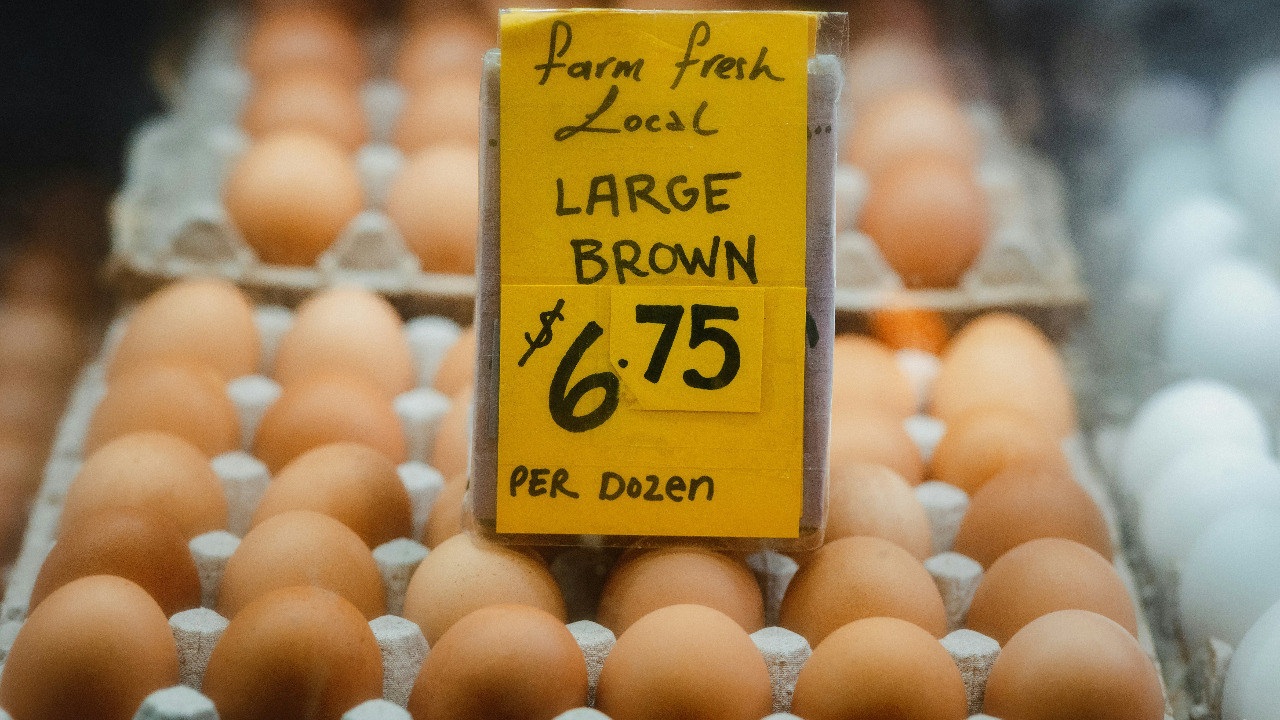As the fall season approaches, consumers might find themselves shell-shocked by a potential surge in egg prices. Several factors, including supply chain disruptions, rising feed costs, and disease outbreaks, could contribute to this price hike. Understanding these dynamics can help consumers make informed decisions about stocking up on eggs before the anticipated increase.
Understanding the Supply Chain Challenges

One of the primary factors impacting egg prices is the ongoing transportation and logistics issues that have plagued many industries. With persistent supply chain bottlenecks and labor shortages, particularly in trucking and shipping sectors, the distribution of eggs from farms to grocery stores has been disrupted. This not only delays delivery but also increases the cost of transportation, which is often passed on to consumers as higher prices. Trucks and logistics companies are finding it difficult to keep up with demand, leading to increased competition for available transportation resources.Additionally, global trade policies play a significant role in the price dynamics of eggs. Changes in tariffs and import/export regulations can affect the availability of eggs both domestically and internationally. For instance, if tariffs are imposed on imported feed ingredients or eggs, it can lead to higher costs for producers and subsequently higher prices for consumers. Moreover, any trade restrictions or tariffs applied by other countries can lead to a surplus or deficit in domestic markets, further influencing egg prices.
Rising Feed and Production Costs

Another crucial factor contributing to the anticipated rise in egg prices is the increase in feed costs. Feed ingredients like corn and soybeans have seen significant price hikes due to various factors, including climate conditions affecting crop yields. These ingredients constitute a large portion of the cost of raising egg-laying hens, and any increase in their prices directly impacts the cost of egg production. As feed prices rise, producers may be forced to raise their prices to maintain profitability. This situation is exacerbated by the fact that egg production is highly sensitive to feed cost fluctuations.Moreover, labor and energy expenses are on the rise. The egg production industry, like many others, is experiencing increased wages due to labor shortages and higher energy costs. Managing poultry farms involves significant energy consumption for heating, cooling, and maintaining optimal conditions for hens. With energy prices increasing globally, egg producers face higher operational expenses, which are likely to be reflected in the prices consumers see at the store. These escalating costs are creating a challenging environment for egg producers trying to balance pricing and profitability.
The Role of Avian Influenza and Other Diseases

The threat of avian influenza and other diseases continues to pose serious challenges to egg production. Recent outbreaks of avian influenza have had a devastating impact on egg-laying flocks, resulting in a significant reduction in supply. When disease outbreaks occur, affected flocks often need to be culled to prevent further spread, which drastically reduces the number of available hens and hence the supply of eggs. This reduction in supply, in turn, drives up prices as demand remains steady or even increases.
To combat these outbreaks, farms have implemented stringent biosecurity measures aimed at preventing the spread of diseases. While these measures are crucial for maintaining flock health, they also come with substantial financial implications. The cost of enhanced biosecurity, such as improved sanitation, vaccination programs, and isolation protocols, adds to the overall operational expenses for farms. These increased costs are eventually passed on to consumers, contributing to the rise in egg prices.Consumer Demand and Market Dynamics

Egg prices are also influenced by seasonal demand fluctuations. During the fall, events such as back-to-school season and holiday baking traditions typically lead to an increased demand for eggs. Families often consume more eggs during these times, whether for school breakfasts or holiday recipes. This seasonal spike in demand, coupled with the existing supply challenges, can lead to significant price increases.In addition, consumer behavior and preferences are evolving, further impacting market dynamics. There is a growing interest in organic, free-range, and pasture-raised eggs, driven by consumer concerns about animal welfare and health. These specialty eggs generally command higher prices, and as more consumers opt for them, the average market price of eggs can increase. This shift in consumer preferences is an important factor in understanding the overall market trends for eggs.
Strategies for Consumers

For consumers looking to mitigate the impact of rising egg prices, stocking up wisely is a practical strategy. Eggs can be stored for several weeks if kept in proper conditions, allowing consumers to purchase them at current prices before any significant hikes. It's advisable to check expiration dates and store eggs in a cool, consistent environment to maximize their shelf life. Additionally, consumers might consider purchasing eggs in bulk or from local farmers if possible, which could offer better pricing options.Exploring alternatives to eggs is another viable strategy, particularly during periods of high prices or shortages. There are several egg substitutes available in the market, such as plant-based options made from ingredients like mung beans or chickpeas. These alternatives can be used in various recipes, from baking to making omelets, providing flexibility for consumers who wish to manage their grocery budgets without compromising on their dietary preferences. By staying informed and proactive, consumers can navigate the challenges of rising egg prices more effectively.


Comments
No Comments